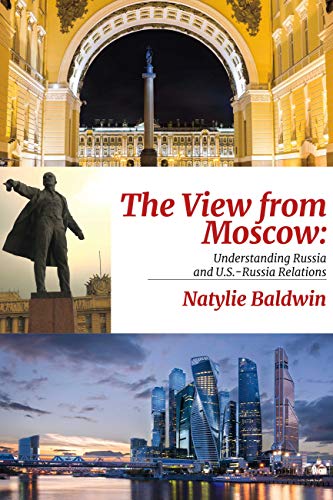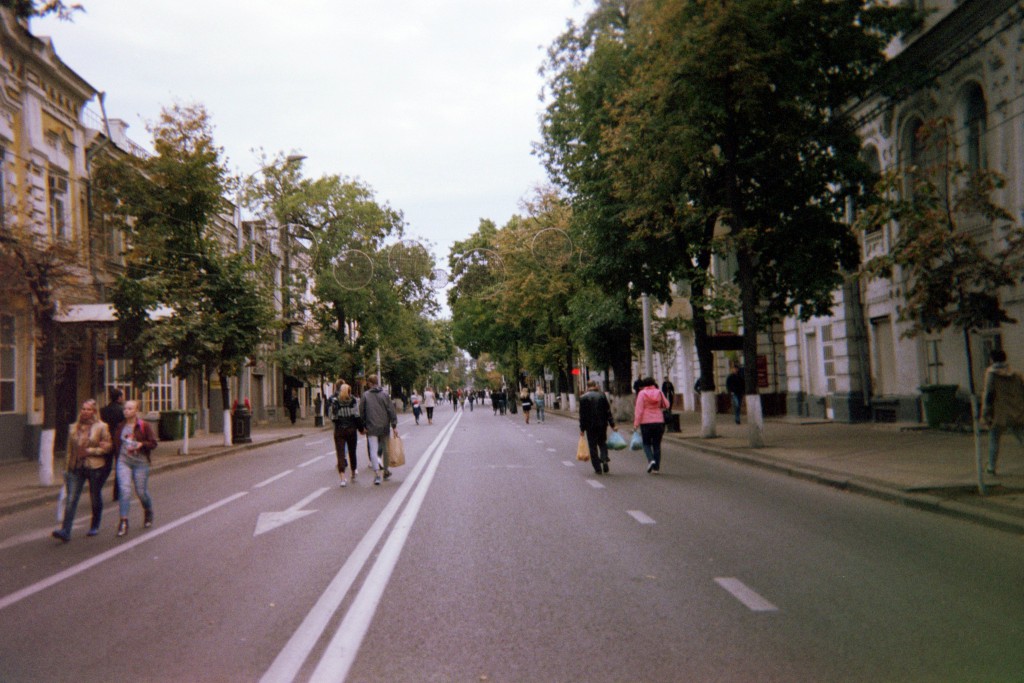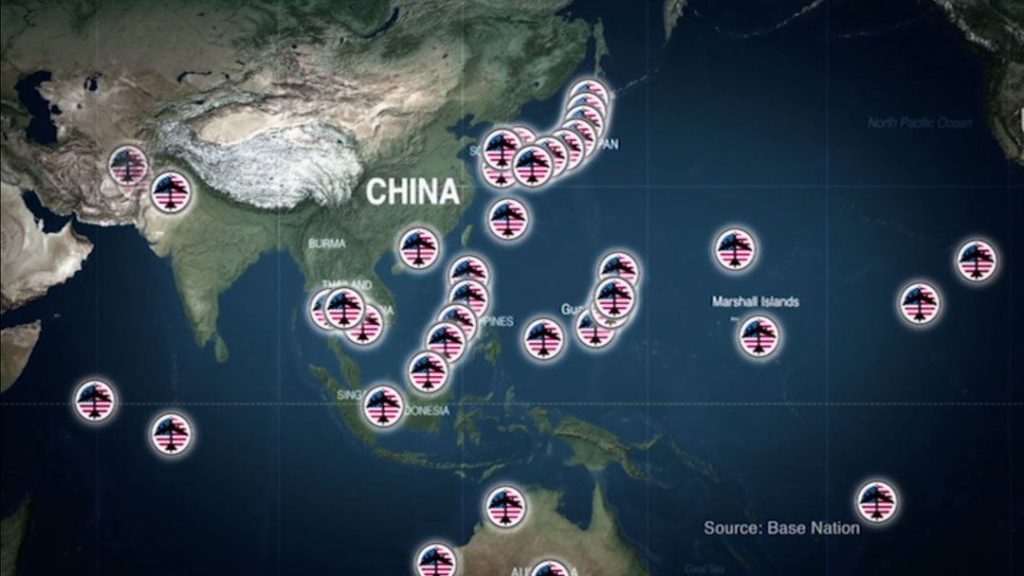Classic movie buffs may remember a 1950’s film noir called Sunset Boulevard starring Gloria Swanson as Norma Desmond.
Norma is a woman beyond her prime and living in the past. She cannot accept the fact that she is not the beautiful and feted movie star that she was 20+ years before, that no one hangs on her every move anymore, and no more leading roles will be forthcoming – in short, the world has moved on. To push away the pain of this rejection – as well as the courage and effort it would take to rebuild her life on a different basis, she creates an elaborate delusion to live in. Within this delusion – which is enabled by a number of others still in her orbit, namely her butler – Norma has tons of fans who still adore her and Cecil B. DeMille is going to call her any moment to give her a big role.
With the delusion having been set for a long time, everyone must tiptoe around Norma, careful not to upset the charade. They sense to do so would be dangerous. When a ne’er do well writer who has latched on to Norma, played by William Holden, decides he’s had enough of her, he says something very blunt and direct to pierce her delusion during a fight. Norma flips out and shoots him dead. The last scene of the movie is classic, showing just how insane she’s become, still failing to recognize how she has destroyed herself and others.
As a fan of old movies in general and Sunset Boulevard in particular, I keep coming back to how the psychological profile of Norma Desmond’s character seems so reminiscent of the United States right now – or more precisely the political class that dictates its policies and the narrative used to maintain the illusion. After the end of the Cold War, Washington was the grand dame on the world stage, at the peak of her powers economically and militarily. And she wielded her power without apology for years, becoming entitled to wield it – making demands and bossing others around whom she perceived to be lesser lights.
She’s declining now but doesn’t accept it – continuing to bomb other nations without remorse, assassinating foreign military leaders, sanctioning 1/3 of the world’s population, dotting every corner of the globe with military bases, and engaging in brinksmanship – all while continuing to proclaim her greatness, exceptionalism and indispensability. Other players on the world stage seem to see through the masquerade, but still feel the need to tiptoe around her.
Having a population whose life expectancy is decreasing, an infrastructure that rates a D+ from civil engineers, doesn’t manufacture much of its essential needs, and who can’t even competently handle a public health crisis doesn’t upset the story that America continues to tell herself. Rather than accept her declining stature and use whatever influence she still has to engineer a soft landing domestically and work with the rest of the world toward a multi-polar order that values peaceful co-existence, America seems to have chosen the Norma Desmond path: very entitled, very narcissistic, and dangerously deluded.


